Besides solar power, wind power is now becoming an essential source of fuel for life. Competition in the field of wind power has therefore become an inevitable trend among countries on a global scale.
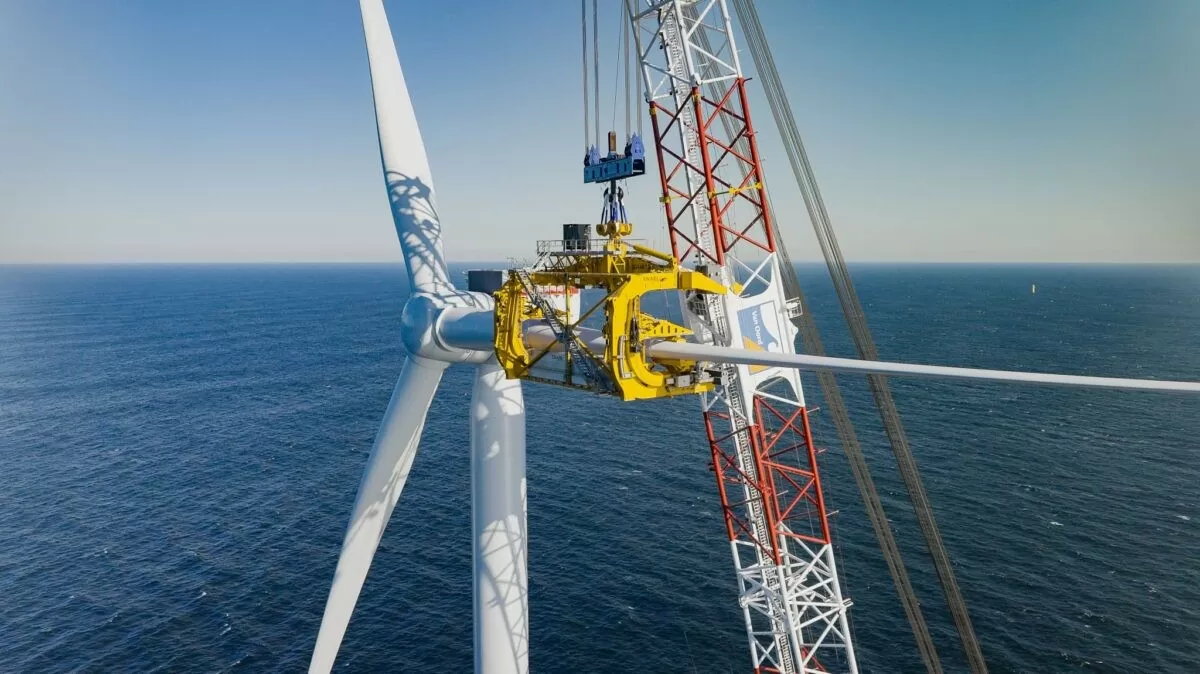 |
| The first turbine installed in the South Fork Wind project in the US. (Source: Orsted) |
In the context of the ever-increasing demand for electricity in countries around the world while coal and gas fuel sources for thermal power cause environmental pollution, renewable energy, including wind power, is increasingly prioritized for development.
Future energy sources
Offshore wind power - a new generation of green electricity has a history of development in the past 30 years in Denmark, UK, Germany, China, and the US. After the COP 26 Summit in 2021 (in the UK), the Offshore Wind Alliance (GOWA) was formed worldwide. The trend of offshore wind power development in the world is increasing rapidly, currently at 57 GW and can reach 500 GW installed by 2040, 1,000 GW by 2050.
According to the October 2020 report of the International Renewable Energy Organization (IRENA): Renewable energy sources (RE) can generate 130,000 TWh of electricity per year (more than double the current global electricity consumption demand).
According to the history of development, global renewable energy has made great strides after the Kyoto Agreement (1999), Paris Agreement (2015) and the SDG Millennium Development Goals to reduce greenhouse gas emissions, the cause of global climate change since 2005 with 50 GW of wind power, 15 GW of solar power by the end of 2018, reaching a record total wind power capacity of 590 GW, solar power of 400 GW.
According to IRENA's forecast: The current annual renewable electricity installation rate for wind and solar power/year is 109 GW/54 GW/year, in 2030 it is 300 GW/200 GW/year, in 2050 it is 360 GW/240 GW/year. The current contribution rate in the total power source is 25% renewable electricity, in 2030 it will be 57%, in 2050 it will be 86%.
Long distance race
The first utility-scale offshore wind farm in the United States went online in mid-March 2024, with the goal of serving about 70,000 homes at full capacity.
Called South Fork Wind, the 12-turbine facility, located 56 kilometers off the coast of Long Island, will generate 130 megawatts (MW) of wind power. New York has set a goal of 70 percent renewable energy by 2030 and 9 gigawatts (GW) of offshore wind power by 2035. The launch of South Fork Wind brings New York closer to that goal and is the beginning of the state’s offshore wind future.
In Europe, 2023 is set to be a record year for new wind farm construction and investment in a sector that has struggled in 2022 amid global supply chain disruptions, soaring inflation, interest rates and volatile energy markets due to the conflict in Ukraine.
In 2023, investment in offshore wind power in Europe increased to 30 billion euros, from 0.4 billion euros in 2022. European Union (EU) countries also installed new wind farms with a record high total capacity of 16.2 GW, of which about 80% were onshore wind farms.
WindEurope – the association promoting the use of wind power in Europe – believes that the EU can meet its clean energy targets thanks to the outstanding development and investment in the wind power sector in 2023. WindEurope estimates that Europe will have a total wind power capacity of 393 GW by 2030 – approaching the 425 GW needed to meet the EU's 2030 renewable energy targets.
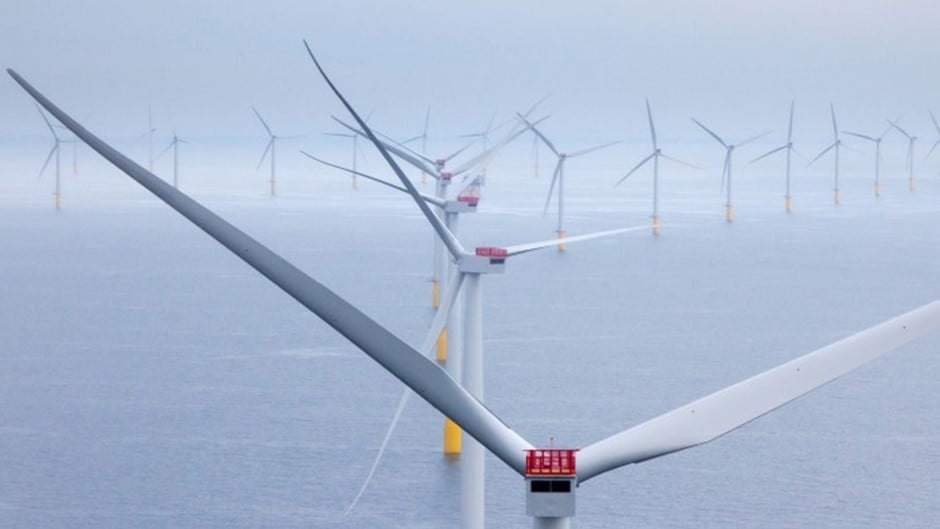 |
| Danish renewable energy group Orsted has announced it will build the world's largest offshore wind farm off the east coast of England. (Source: Orsted) |
Belgium, Ireland and the UK are stepping up their cooperation to turn the North Sea into Europe’s largest wind farm. In mid-May 2024, the three countries signed a joint declaration on wind power development to build infrastructure connecting offshore wind farms off the coast of Ireland with the Belgian energy island of Princess Elisabeth, thereby creating an energy corridor between the three countries. This is an important step towards closer cooperation in the field of offshore wind power, while realizing the ambition of turning the North Sea into Europe’s largest sustainable wind farm.
Meanwhile, the Australian government approved the Yanco Delta Wind Farm project in New South Wales state in late February 2024 – one of the largest clean energy projects in this Oceania country. Yanco Delta is expected to have a capacity of 1,500 MW, enough to provide electricity to 700,000 homes in the state.
The project, which includes 208 wind turbines, 800 megawatts of battery storage and grid infrastructure, is a major step forward in the Australian government’s plan to turn the country into a renewable energy superpower. It will help offset nearly 5 million tonnes of greenhouse gas emissions each year, the equivalent of removing 1.5 million cars from the road.
In Asia, Japan aims for a total of 10 million kilowatts of new offshore wind projects in the country by 2030 and 30-45 million kilowatts by 2040. The government has allocated 4 billion yen ($27.1 million) to support floating offshore wind technology, plus another 400 billion yen financed through green convertible bonds (GX) to build a related supply chain.
Major Japanese energy companies have formed an alliance to promote and develop mass production technology in the wind power sector, a move seen as a move to boost Japan's competitiveness with international rivals in the field of floating offshore wind power.
Saudi Arabia also invested in the largest wind power project in the Middle East in January 2024, with a capacity of 1.1 MW and a value of $1.5 billion. The project is located in the Gulf of Suez and the Jebel El-Zeit area, funded by a Saudi-Egyptian joint venture. The project will help provide electricity to about one million households, contribute to reducing 2.4 million tons of CO2 emissions per year, save about 840,000 tons of fuel annually and create about 6,000 direct and indirect jobs. Upon completion, this will be the largest wind power project in the Middle East and also one of the largest onshore wind power projects in the world.
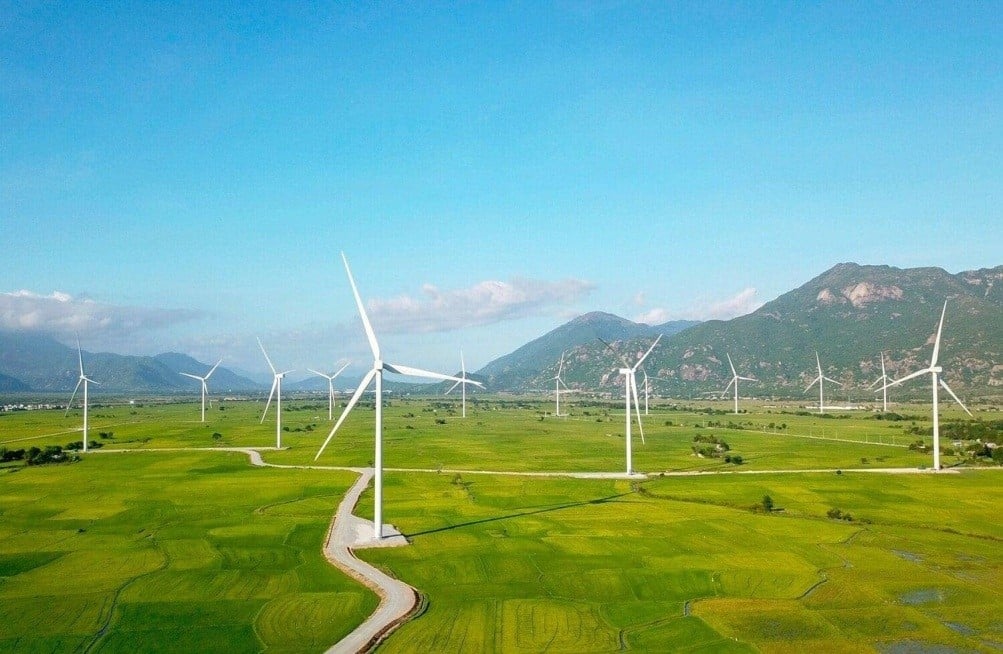 |
| Wind farm in Ninh Thuan, Vietnam. (Source: thanhnien) |
In the field of floating offshore wind, many countries around the world are developing production technology that can generate wind power in even greater depths. This technology consists of a turbine mounted on a floating substructure and anchored to the seabed by chains. This means that offshore wind power production can be deployed in waters 300 meters or more deep. This technology is expected to bring wind power to new markets, including the Mediterranean. Experts hope that the technology will be fully commercialized by 2030.
Europe is currently leading the way in floating wind, with 208 MW of installed capacity, or 88% of the world’s installed capacity, according to the Global Wind Energy Council. Much of this comes from small pilot projects, but several countries, including France, the UK, Norway, Ireland, and others, are starting to look at scaling up production to commercial levels.
For their part, Asian countries are also focusing on researching and implementing offshore floating wind power projects. In October 2023, Japan announced four potential areas for pilot projects. South Korea is considered to have a lot of potential and is investing in developing to become one of the countries with the largest floating wind farms in the world when they are completed in 2028.
Wind power and the ocean economy
Vietnam has the economic and technical potential of offshore wind power of over 600 GW, and many investors are interested in developing and investing in projects. To sustainably develop the offshore wind power industry, it is necessary to soon conduct research to build a legal basis to promote offshore wind power (laws, national strategies on offshore wind power and related policy documents...).
Vietnam has committed to the international community to reduce carbon emissions to zero (Net-zero) by 2050. Onshore, nearshore and offshore wind power sources are expected to account for the largest proportion of total power generation by 2045. Developing offshore wind power, in addition to exploiting the huge energy potential, also ensures the implementation of the vision of developing the marine economy...
The offshore wind power potential in Vietnam is approximately 600 GW. Of which, the technical potential of offshore wind power: 261 GW of fixed-foundation offshore wind power (at depths
In December 2022, the Ministry of Industry and Trade drafted the Power Development Plan VIII (PDP 8), which targets 7 GW of offshore wind power by 2030 and 87 GW by 2050. In 2021, the Offshore Wind Roadmap for Vietnam published by the World Bank proposed a high scenario of 70 GW by 2050, with a vision of a successful country in the offshore wind industry and stated that Vietnam could rank 3rd in Asia (after China and Japan). The investment rate for 1 MW of offshore wind power has decreased sharply since 2012 with 255 USD/MWh to about 80 USD/1 MWh now and after 2030 will be about 58 USD/1 MWh.
With such advantages, wind power is considered by many countries, especially maritime countries, as a breakthrough solution to ensure national energy security, reduce dependence on imported fuel sources, and reduce emissions of pollutants and greenhouse gases. Therefore, competition and development in this green electricity sector is exploding on a global scale.
Source: https://baoquocte.vn/cuoc-canh-tranh-nguon-nang-luong-xanh-tren-toan-cau-278564.html


![[Photo] Touching images recreated at the program "Resources for Victory"](https://vstatic.vietnam.vn/vietnam/resource/IMAGE/2025/4/14/99863147ad274f01a9b208519ebc0dd2)
![[Photo] Children's smiles - hope after the earthquake disaster in Myanmar](https://vstatic.vietnam.vn/vietnam/resource/IMAGE/2025/4/14/9fc59328310d43839c4d369d08421cf3)
![[Photo] Opening of the 44th session of the National Assembly Standing Committee](https://vstatic.vietnam.vn/vietnam/resource/IMAGE/2025/4/14/03a1687d4f584352a4b7aa6aa0f73792)
![[Photo] General Secretary To Lam chairs the third meeting to review the implementation of Resolution No. 18-NQ/TW](https://vstatic.vietnam.vn/vietnam/resource/IMAGE/2025/4/14/10f646e55e8e4f3b8c9ae2e35705481d)




















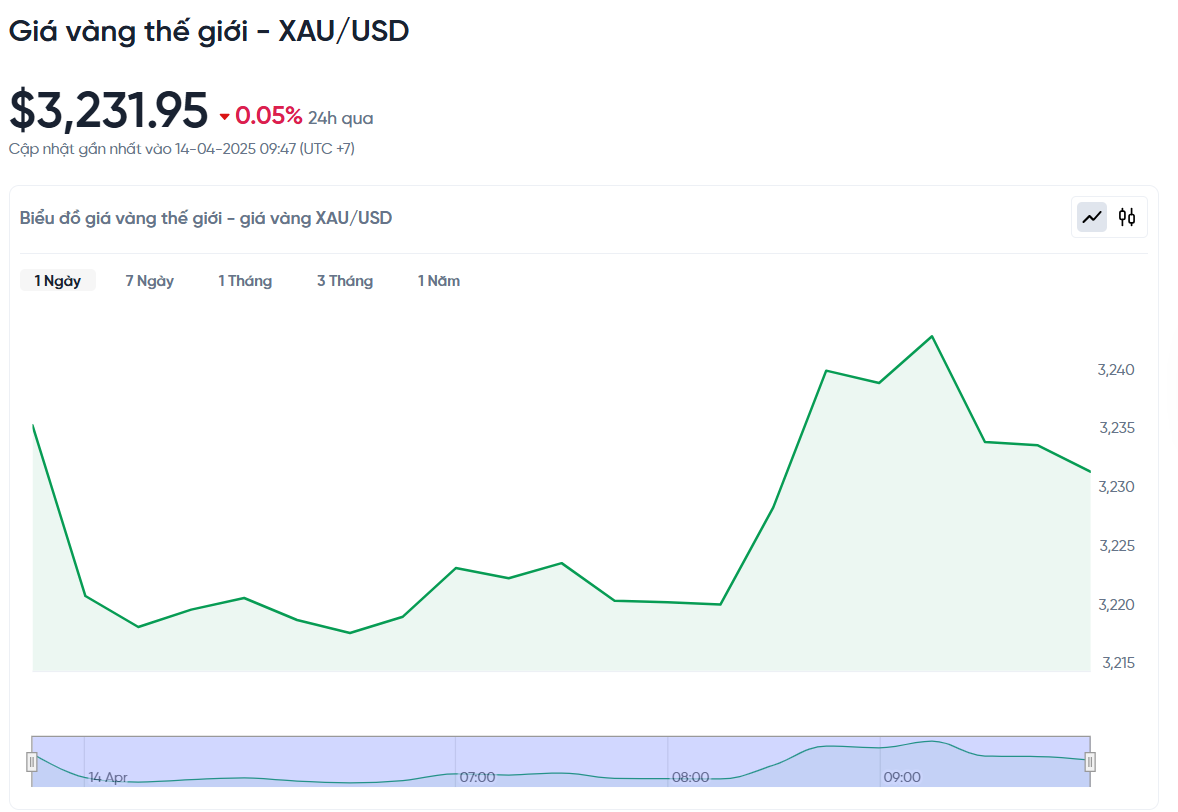







































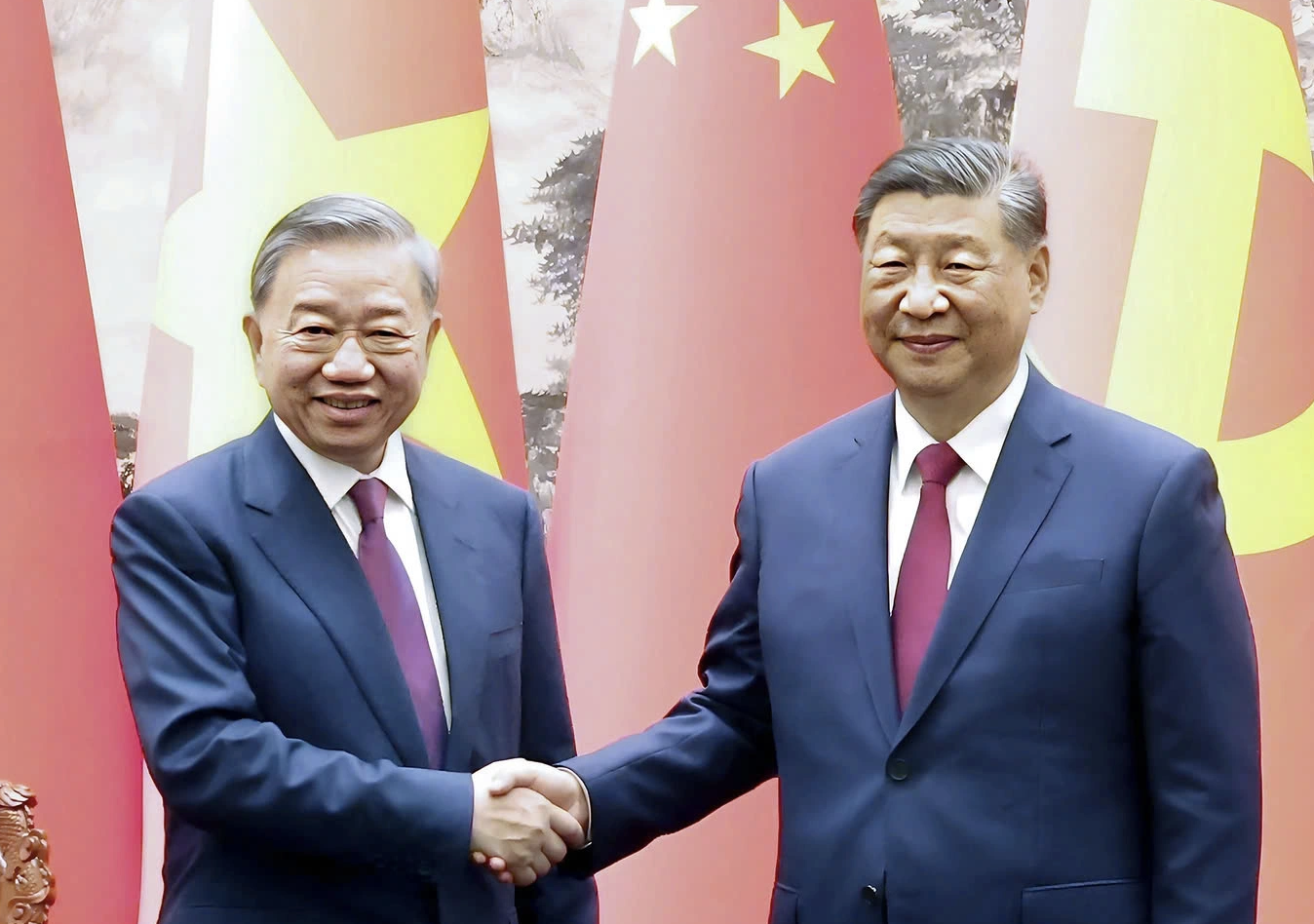






















Comment (0)